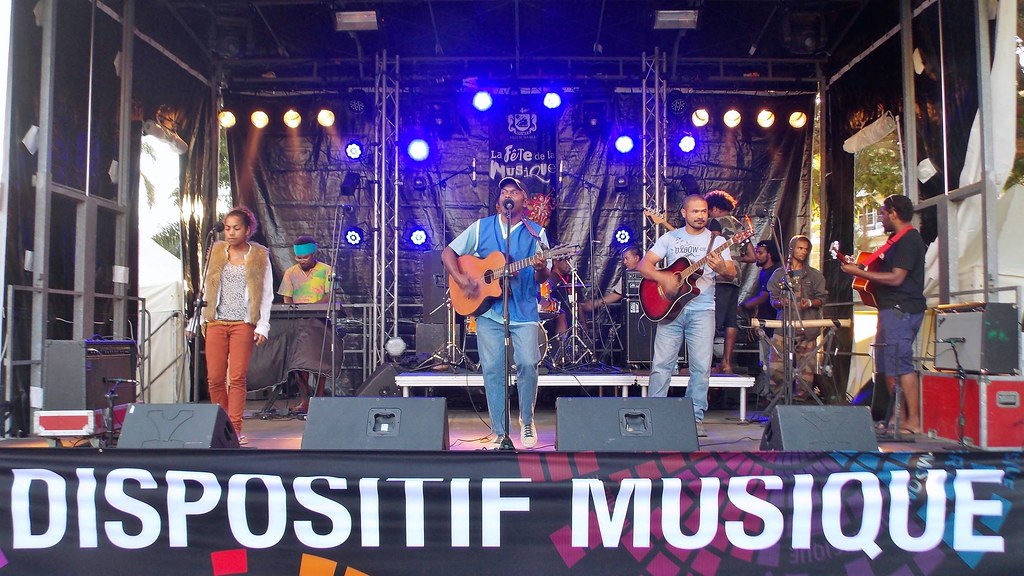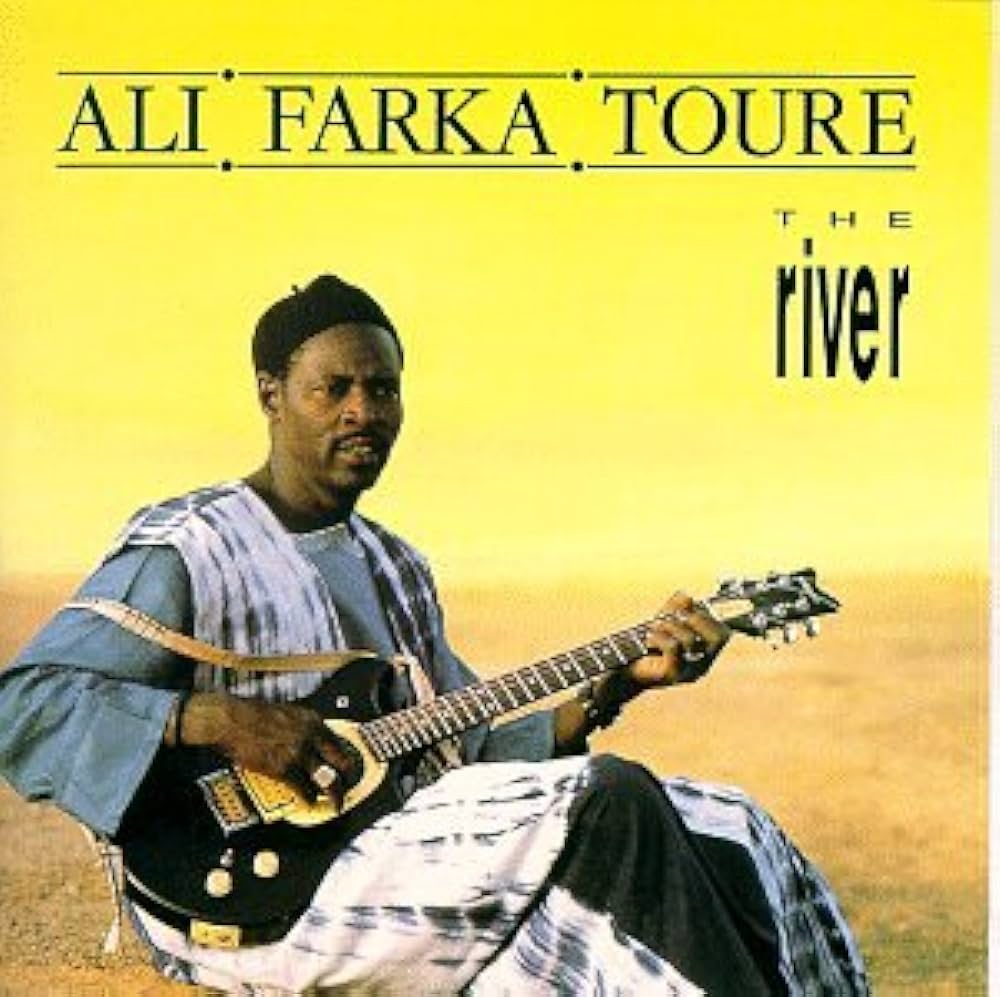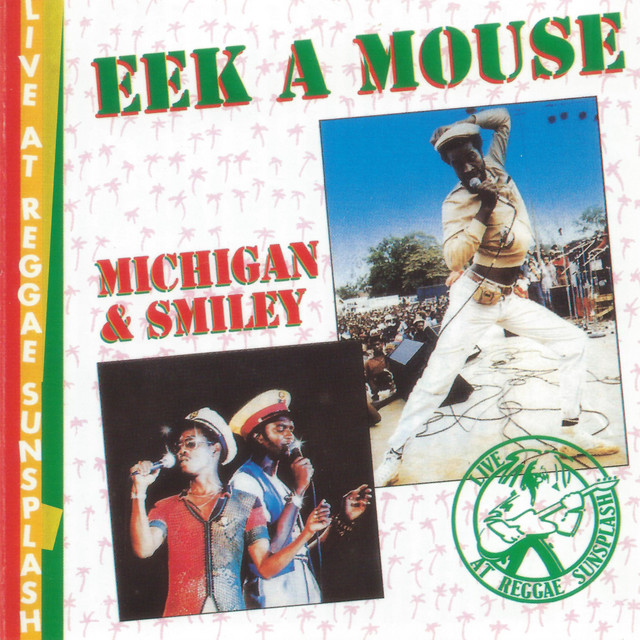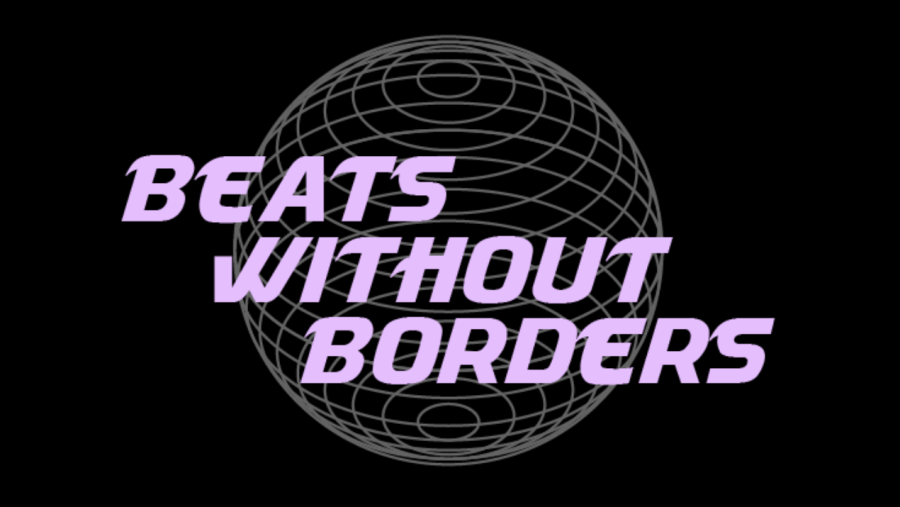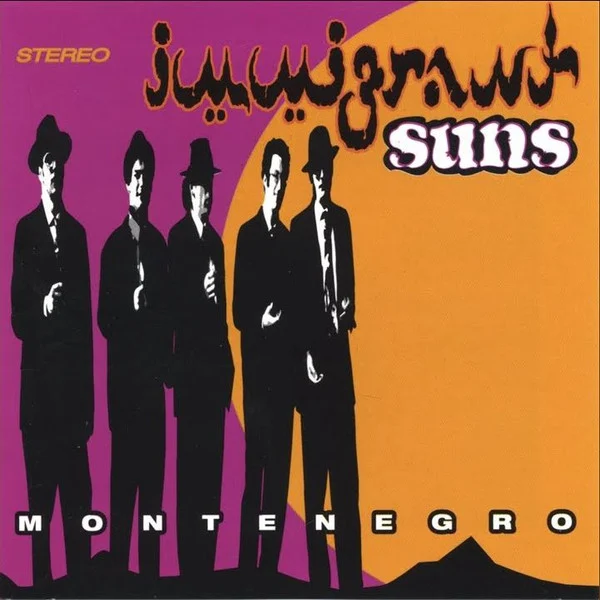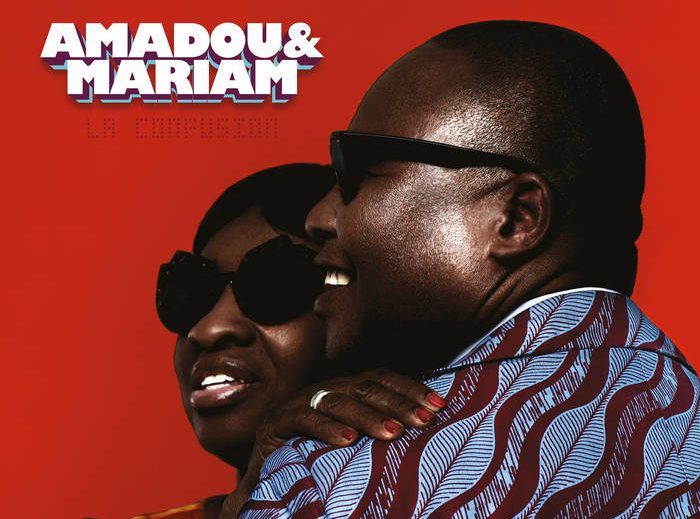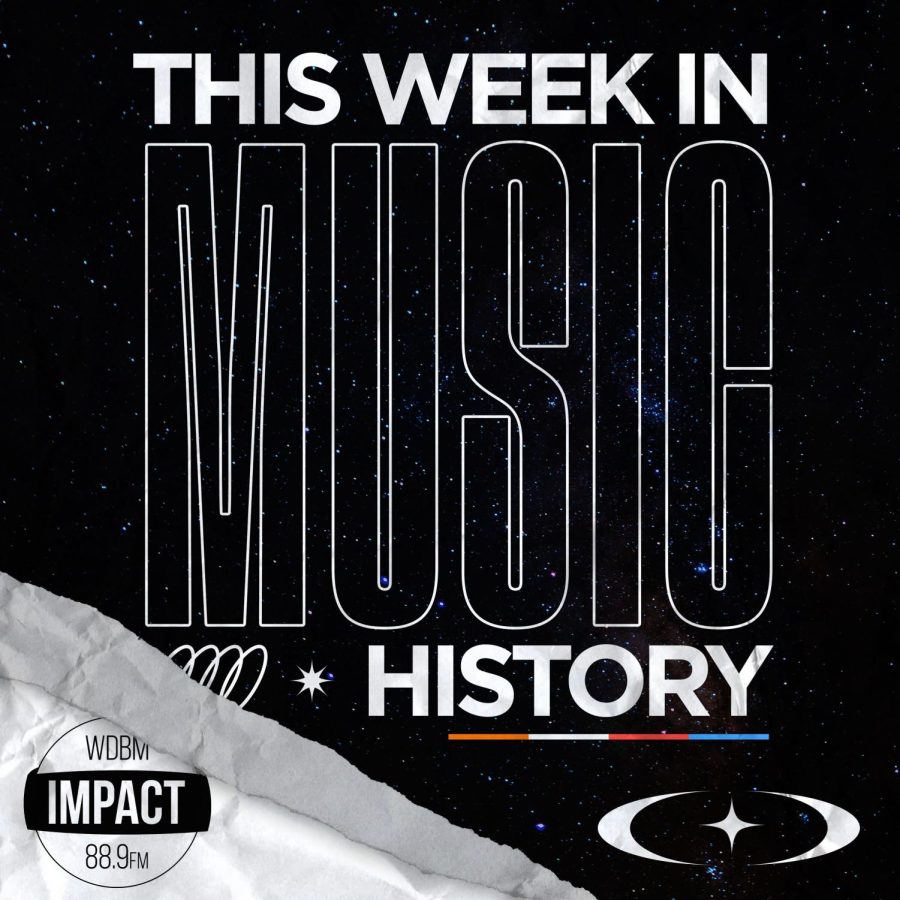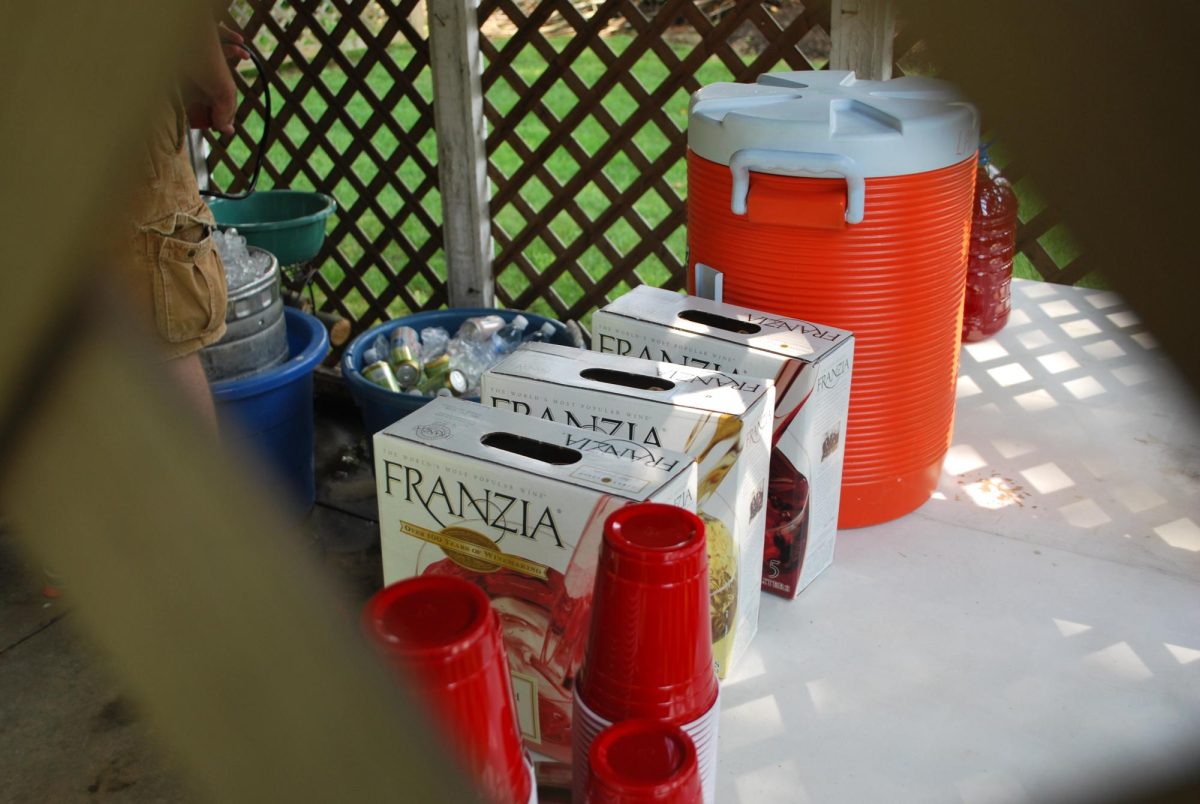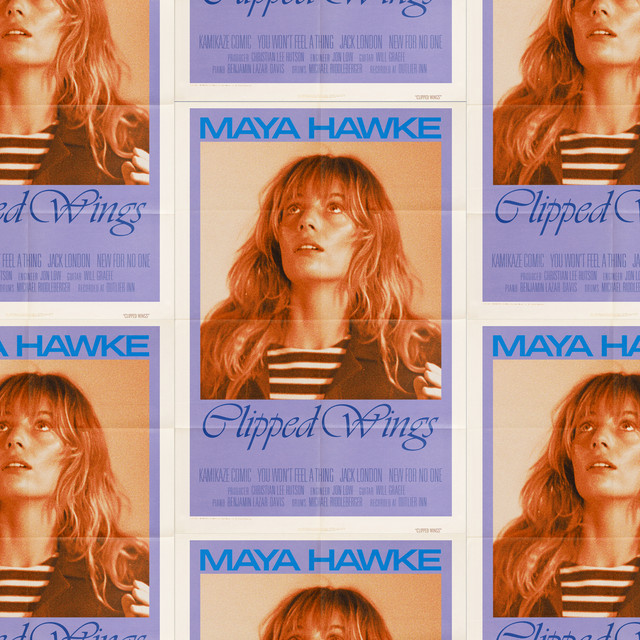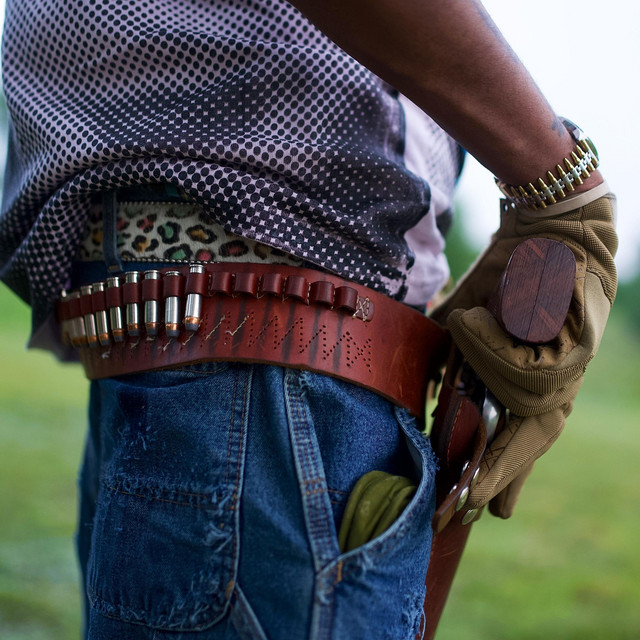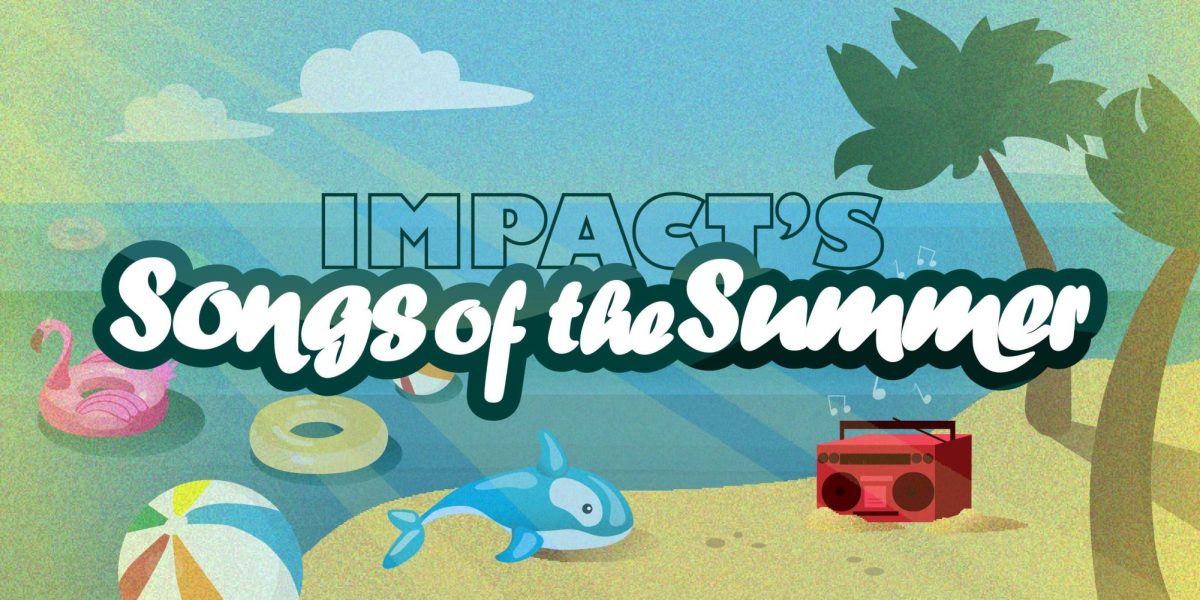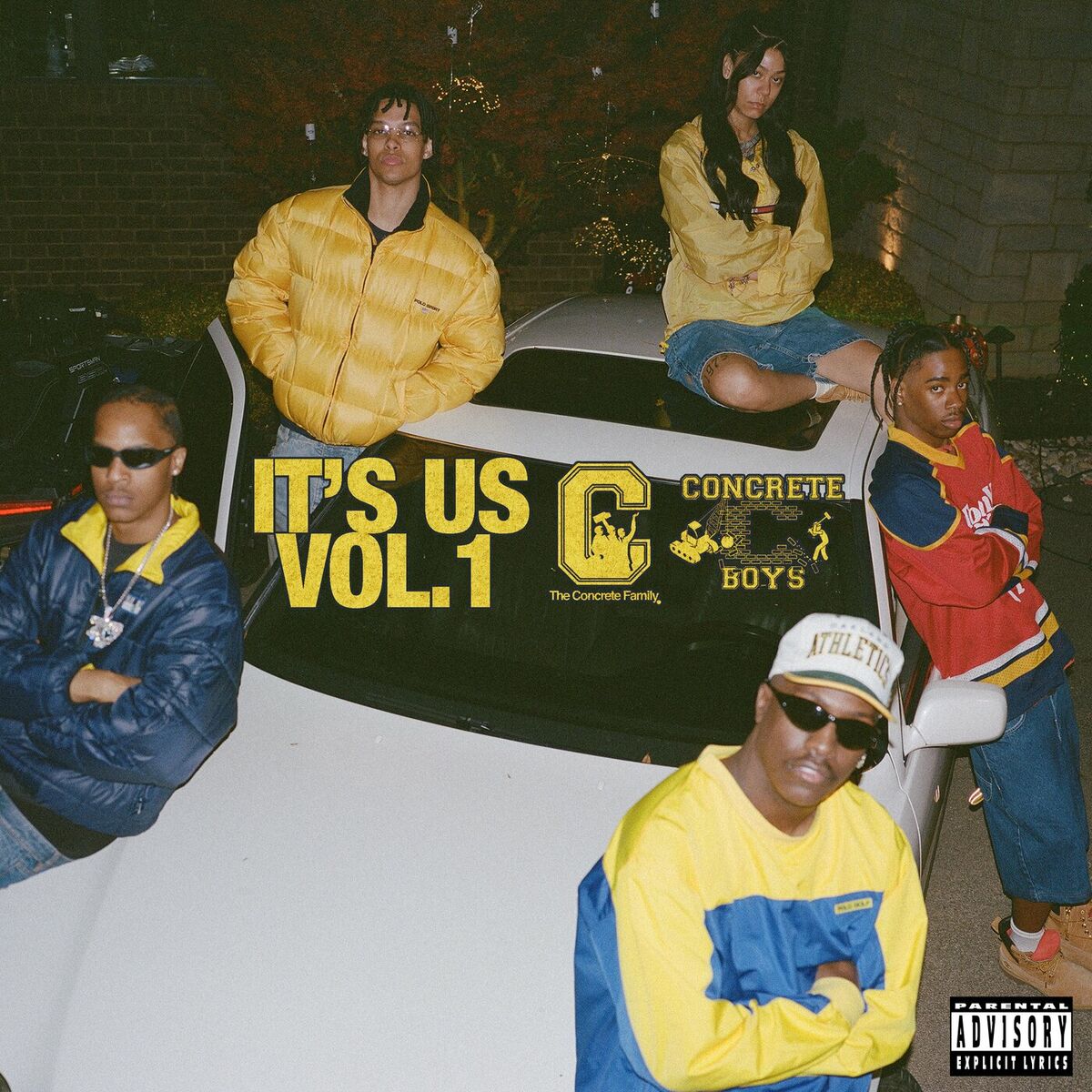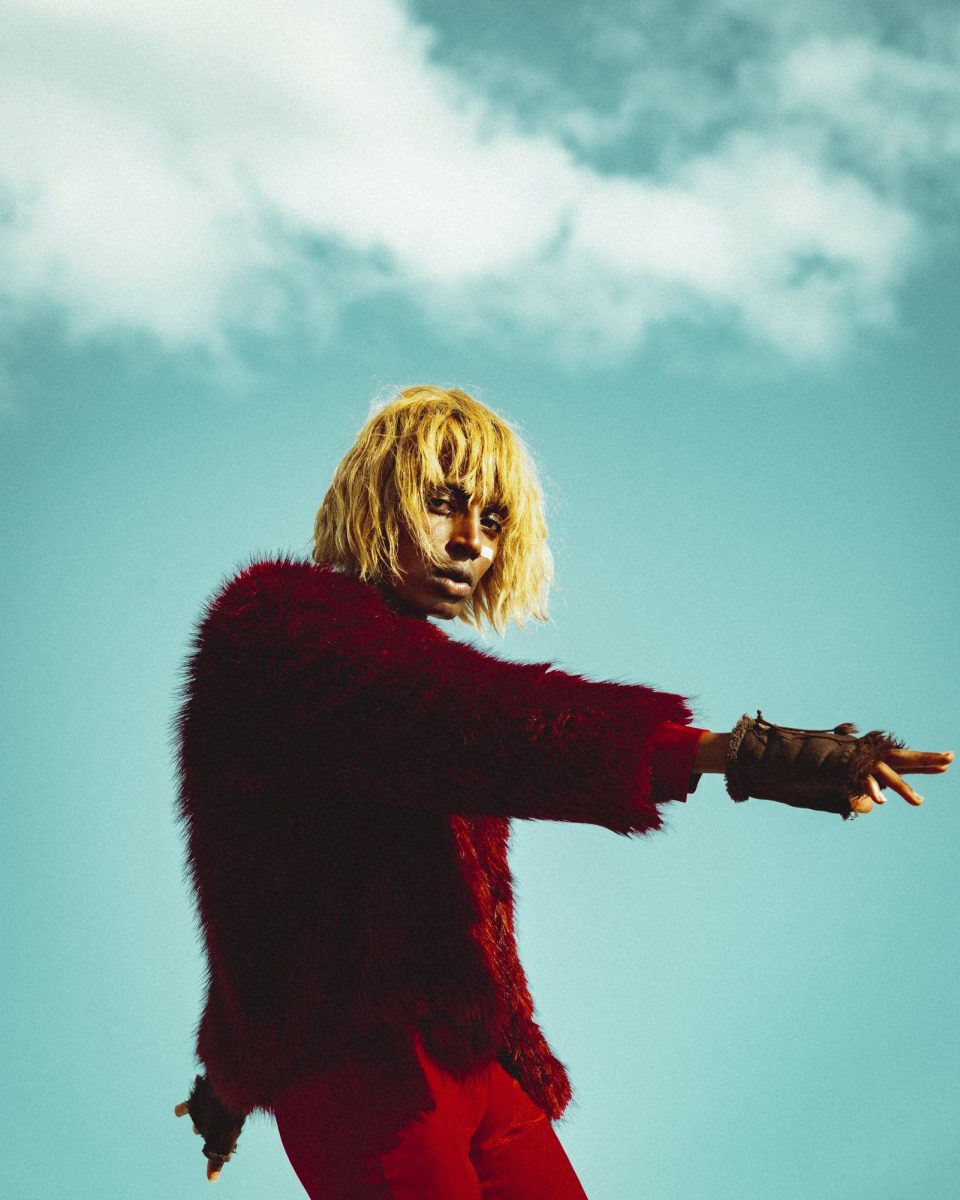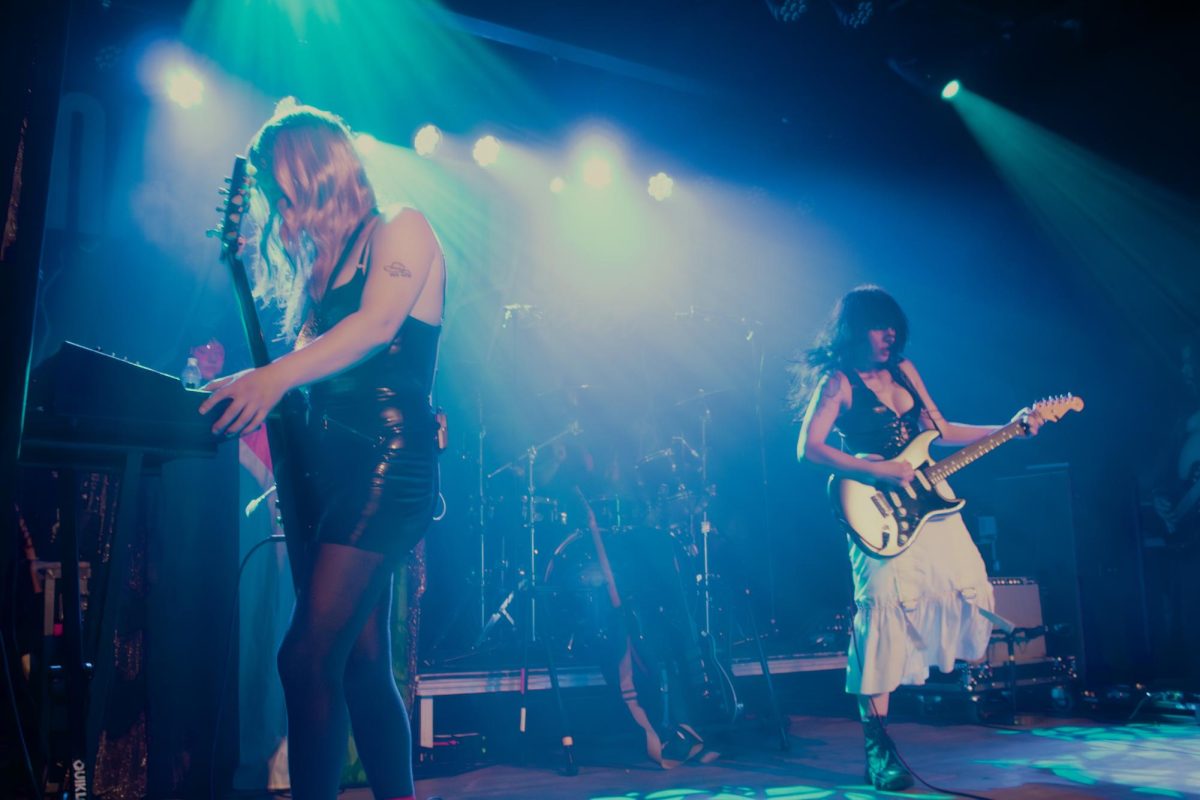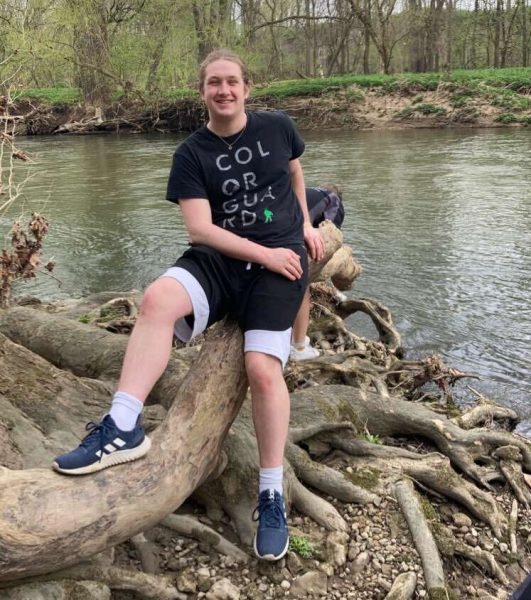When you think of the region of Melanesia, if you even know about the region, you’ll probably think of the Indigenous Australians. Beyond that, maybe Papua New Guinea. Once you move past those two giants of Melanesia, there’s a wealth of truly fascinating and unique cultures that exist within the smaller island nations of the region. One of those, even though it may not be a nation yet, is New Caledonia.
The island nation just off the northeast coast of Australia is currently one of a seemingly infinite number of islands held by the French. Colonialism provided a desire to create a more unified and potent cultural identity within the nation itself, and music was a great transporter of those ideals. That is just what happened in Nouméa in 1986.
Before 1986, most of the music listened to in the nation was rock or pop. However, Kanak (indigenous Caledonian) artists weren’t found much on radio stations. In response to this, a group of young Kanaks came together to make a style of music that could unite Kanak people together. However, with more than 300 tribes of Kanaks and 28 different languages among them, that was an uphill battle to find something that could work.
When there’s nothing that exists, you make it yourself: That’s exactly what they did. Now that they decided to establish a new genre, the next question was what to use as a basis for the genre. When looking at what to use for a base, they turned towards genres that carried the same style of rebellion and cultural unification that these activists were looking to use. This led to a wide variety of styles melding together, from gospel to reggae, along with bark-clappers that are found in traditional Kanak music, set to the rhythm of traditional dances.
At the same time, the island’s inhabitants began to look at a way forward without the French. Political activists such as Jean-Marie Tjibaou were leading the push for the island’s independence, largely under the banner of the Kanak and Socialist National Liberation Front (FLNKS). Many of these activists were Kanak themselves.
So why not put two and two together and have the growing political consciousness of the nation put on the back of these new beats? Thus, Kaneka was born. But why is Kaneka the name of this style? Long story short, it is an abbreviation. Ka derives from cadence, ne from née — which means born — and ka from Kanak. This means the name translates to “cadence born from the Kanak soul.”
One of the first groups to hit it big within Kaneka is Gurejele. Gurejele is from the island of Maré on the Loyalty Islands. The Loyalty Islands are the region of New Caledonia with the highest percentage of Kanaks living there. Gurejele began their reign in the ‘90s, with their music being listened to across Oceania. “Wacoco” is one of the best examples of what Kaneka sounded like in the early days, with an airy synth that became a staple of Gurejele’s music, which has bled into the overall sound of Kaneka.
As the world of music began to evolve, multiple artists began to take Kaneka and alter it to reflect the world around them. The most prolific of these is Tim Sameke. Sameke began his career as a member of the traditional dance group We Ce Ca, who he made a song with. Sameke took that dance style over the global airwaves and wove it into Kaneka. Sameke’s melding of dance music and Kaneka became incredibly popular across Oceania, topping charts even in Fiji.
Most of the genre’s heavyweights are older, but newer artists have been entering the scene, keeping the heritage of the style alive. Nyaouly-in released their song “Une nuit étoilée” in 2016, showcasing more of the reggae roots of Kaneka. The song’s music video has over 2.75 million views, making it one of the most listened to Kaneka songs online.
Another new artist to the scene that’s making waves is Yelo. Yelo’s song “Atem,” which means mother in Nengone, is a song about the passing of a motherly figure and the coping of that loss. The band released their first songs in 2020, but despite this, they’ve quickly become one of the most popular artists from New Caledonia.
A genre of music built to unify the indigenous peoples of New Caledonia has expanded its borders beyond what exists in the island nation today. With how young the genre is, who knows what the next generation of artists will make within this sphere?


